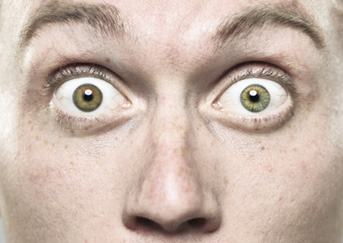Orbital Disease
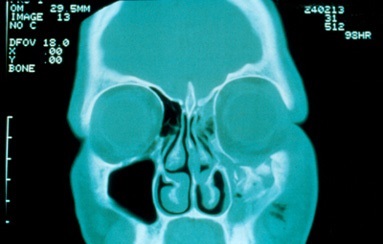
Orbital Trauma
Read More
Orbital Trauma
The bones in and around the eye socket are often fractured when there is trauma to the face. The most common causes of fracture are assault, motor vehicle accident, and recreation related accidents.
These fractures can impact both form and function. If the fracture is adjacent to one of the eye muscles, such as in a blow out fracture of the orbit, it may cause double vision. Fractures of the jaw or bones adjacent to the muscles that move the jaw can cause problems chewing.
Fractures of the facial bones can also cause deformities of the face, such as a sunken looking eye or a flat cheek bone. All these fractures require surgery and have more favorable outcomes when operated soon after the injury.
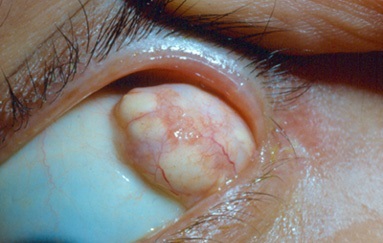
Orbital Tumor
Read More
Orbital Tumor
The orbital socket containing the eye socket or the eyeball, extraocular muscles, nerves and vessels of the eyeball. Some tumors can form in this space or migrate to this area from other parts of the body.
It is important that the patient undergo a thorough eye examination and additional imaging studies such a CT scan.
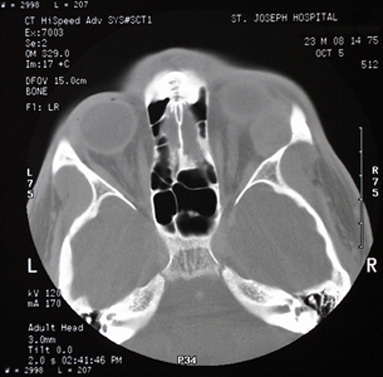
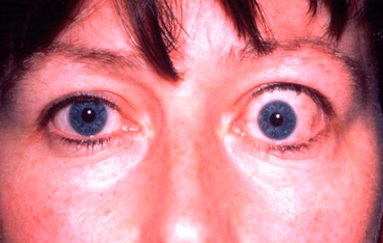
Thyroid Eye Disease
Read More
Thyroid Eye Disease
Thyroid Eye Disease or Grave’s Eye Disease is perhaps the most common orbital disease in our population. It is an autoimmune problem, most commonly noted in patient with a history of either high or low thyroid hormones. However, some patients might demonstrate no evidence of thyroid dysfunction. Thyroid Eye Disease can go into periods of remission as well. When it has been inactive for a period of more than 6 months, it’s less likely to recur.
Thyroid Eye Disease can be divided in stages. During the early part of the disease, the eyes become red, swollen, and watery. This early part of the disease is referred to as the active and inflammatory phase of the disease. During this initial phase of the disease, patients may benefit from treatments to reduce inflammation such as anti-inflammatory medications or injections, topical lubricating eye drops and ointments, and in some cases, referral for orbital radiation. In the later part of the disease the eyes may bulge out of the socket, the eyelids may be open too wide, or the patient may have double vision. In this small percentage of patients, orbital decompression may be called. Symptoms for these patients may include:
- Pain in the eyes when looking up, down, or sideways
- Dryness, itching, dry eyes, difficulty wearing contact lenses
- Inflammation and swelling of the eye, and its surrounding tissues
- Swelling in the orbital tissues which can cause sufferers to have a wide-eyed or bulging stare

